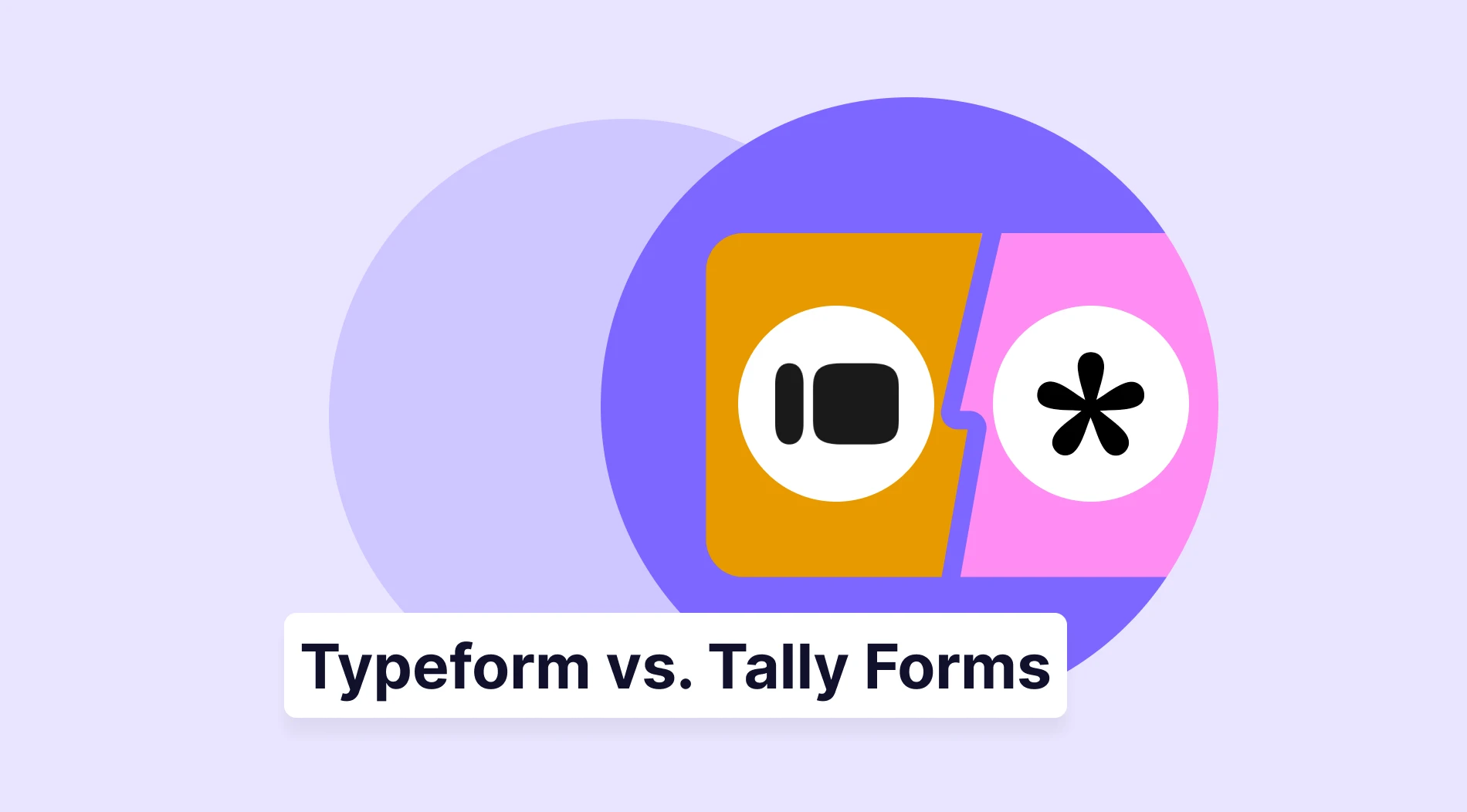Regardless of your sector, customer service has an essential and significant impact on your company’s or business’ life. It can be both a reason for an increase or decrease in success. So that you can climb the stairs of success way faster, you might need to consider looking for customer service stats.
Since your customer is the root of the communication, collecting customer feedback and testing the usability of customer service agents are really important. So in this article, we have collected the best 80+ eye-opening customer service statistics for you to hold your existing customer and get new ones!
Why do you need to know customer service statistics?
The first thing someone who wants to dominate the topic in all its aspects is to check the statistics on that subject. Because only in this way can the event be approached objectively and scientifically. If you want to act professionally, you need to know customer service statistics.
- Make better decisions
- Take fewer risks
- Increase customer satisfaction rate
- Predict the outcomes better
Especially if you are working in the Human Resources sector or any kind of sector that has customer service and values the customers’ feedback and satisfaction, you will definitely need customer service statistics to make it happen all these given above.
80 best statistics about customer service
The statistics will help you to plan your route better, needless to say. In order to satisfy all your curiosity about customer service, increase your success very rapidly, and be more successful in your field, you should definitely check these 80 best statistics about customer service:
Poor customer service statistics
The poor customer service can be regarded as one of the main reasons for customers to give up on you. For that reason, a customer expects you to pay attention to their problems or feedback about the products or services. So, here are the most essential poor customer service statistics:
1. It was avoidable for 85% of customers who left because of poor customer service. (Kolsky)
2. 72% of American consumers report having posted a review for a local business, making reviews one of the most common forms of customer contact. (Bright Local)
3. Poor customer service is cited as the reason for 66% of consumers switching brands. (HuffPost)
4. 42% of customers said they would spend more money if they received warm and helpful customer service. (PWC)
5. 30% of respondents from across the world said this is the thing about poor customer service that they find the most annoying. (Microsoft)
6. The most annoying problem, according to 28% of customers, is finding simple information (Drift)
7. Poor customer service left 42% of those who experienced it feeling disappointed, 43% sad, and 41% angry. (Khoros)
8. Customers all throughout the world said 56% of organizations with poor customer experiences have lost their businesses. (Microsoft)
9. 13% of customers claimed to have told 15 or more individuals about bad customer service. (HuffPost)
10. 37% of consumers who have a bad online shopping experience either cancel their order or leave a bad review. (Site Core)
11. Because of bad customer service, 65% of consumers indicated that they switched to a different brand. (Help Scout)
12. In 12 months, 47% of the respondents said they took the decision to quit doing business with a brand as a result of poor customer service. (Microsoft)
13. Customers who do not reply and are dissatisfied with the depart in 91% of cases without complaining. (HuffPost)
14. It takes 12 great interactions to make up for a bad transaction for every bad customer experience. (Glance)
15. 14% of business professionals experience a service issue with a communication channel every week, resulting in a momentary crisis in communications. (Nextiva)
-1.png)
#3 Customer Service Statistic
Social media customer service statistics
The importance of social media for marketing or any other services cannot be ignored nowadays. Since the number of users of social media is increasing day by day, the significance of social media customer service seems to be will continue its value. For that reason, you need to take a look at the social media customer service statistics that we have gathered for you:
16. Customer service on social media may save costs per interaction by as much as 83%. (Invesp)
17. Around 70% of Zolia Streich’s customers reached out to her through social media; the remaining 30% have done so by email. (Sprout Social)
18. A tonic company brand, called OLILOP utilizes Facebook to provide customer service. And they claim that at least 50% of their clients message them with inquiries or leave comments on their Facebook postings. (Facebook Messenger)
19. 53% of Twitter users think it is useful to observe how companies resolve problems or respond to inquiries openly. (Sprout Social)
20. 59% of Americans who use social media think it has simplified customer service. (Invesp)
21. 51% of Twitter users questioned report that their interactions with brands on Twitter have improved their opinion about those businesses. (Sprout Social)
22. One in three (34%) Twitter users made a purchase after engaging with a happy customer there. (Sprout Social)
23. 33% of customers said they would prefer to use social media to get in touch with a company’s customer service instead of calling. (Invesp)
24. The number of customers who preferred social media for customer service increased by an astonishing 110% from 2020 to 2021 alone. (CX Trends)
25. A reply to their tweet is anticipated by 60% of Twitter users within an hour. (Twitter)
26. There are many reasons to contact support online, but the top three are order problems, (29%), unpleasant in-person service (29%), and product defects (37%). (Sprout Social)
27. 71% of Twitter customer service complaints go unanswered. (Aspect)
28. 51.7% of consumers want a company’s response to a bad review within a week. (Review Trackers)
29. 91% of social media users utilize mobile devices to access their platforms. (Lyfe Marketing)
30. 84% of US customers who contacted customer service via social media claim to have heard back from the business. (Invesp)
-2.png)
#19 Customer Service Statistic
Retail customer service statistics
As you already know, retail is not for those who do not think big. Retail also accepts fewer mistakes. For that reason, great customer service and a presentable customer service representative are what a retail company should be looking for. If you want to improve your customer support, check these retail customer service statistics:
31. 70% of clients claim that maintaining their company depends on service representatives’ awareness of sales encounters. (Salesforce)
32. Just 13% of customer inquiries are fully and promptly responded to, leaving almost two-fifths (42%) of them unanswered or neglected. (CM)
33. By 2024, chatbot-based retail sales will total $142 billion. (Juniper Research)
34. When a business makes a mistake, 78% of customers would still utilize it provided the customer service is top-notch. (Salesforce)
35. Only 2 of the top 25 retail firms provide 24-hour customer service. (CM)
36. The top 25 retailers in the UK only use WhatsApp as a customer service channel in 4% of cases. (CM)
37. The average customer service percentage for businesses using omnichannel customer engagement techniques is 89%, against 33% for businesses using subpar omnichannel tactics. (Softtek)
38. 58% of customers desire personalized follow-up from businesses after making a purchase. (McKinsey)
39. One voice bot for customer service is not available from any of the top 25 UK retailers. (CM)
40. The global average for customer service agents turnover is between 30% and 45%. For entry-level agents, the typical duration is one year. (CXM)
-3.png)
#38 Customer Service Statistic
Chatbot customer service statistics
Nowadays, chatbots are everywhere, but when it comes to marketing, it gets more important suddenly! Once you decide to increase your customer loyalty rate for your company, you can start by making changes in the chatbot customer service, ideally by creating an AI agent that offers more personalized and intelligent interactions. But before making any changes, you might want to have a look at these chatbot customer service statistics:
41. 80% of individuals have engaged with a chatbot. (Userlike)
42. Currently, 23% of businesses that provide customer service employ AI chatbots. (Salesforce)
43. 55% of firms use chatbots to produce high-quality leads. (Drift)
44. Chatbot use can cut expenses for customer support by as much as 30%. (IBM)
45. In the next two years, chatbots are anticipated to save organizations $8 billion and 2.5 billion hours. (Juniper Research)
46. Consumers expressed interest in utilizing chatbots to make purchases in 47% of cases. (Hubspot)
47. The use of AI and chatbot technologies might automate more than 70% of administrative operations in the healthcare sector. (Insider)
48. 60% of consumers worry that chatbots will not be able to grasp their questions. (Business Insider)
49. Nearly 50% of customers believe that chatbots are employed to keep them from communicating with actual employees. (New Voice Media)
50. Up to 90% of banking and health-related inquiries are anticipated to be handled by chatbots by 2022. (CNBC)
51. About one-third of customers want to use chatbots to make reservations. (Drift)
52. Chatbots are anticipated to produce more than $100 billion in e-commerce transactions by 2023. (Juniper Research)
53. Nearly 90% of users are generally satisfied with the chatbots. (Comm100)
-4.png)
#48 Customer Service Statistic
Customer churn statistics
Customer churn is not a desirable thing for a company; instead, they would like to increase their customer acquisition rate and decrease the churn rate. We are here to help you to access success easier with knowledge base evidence. We have collected the most essential customer retention statistics and average customer retention rates for you to decrease customer churn:
54. Failure to reply to clients on social media by firms might result in a 15% in churn. (Gartner)
55. Every five years, 50% of all consumers churn spontaneously. Only 1 out of every 26 dissatisfied customers, however, complains: the rest merely churn. (Kolsky)
56. Loyal consumers are five times more likely to make another buy, forgive, or refer and seven times as likely to try a new product. (Temkin Group)
57. More than 6 in 10 American customers indicate that a website, smartphone app, voice response system, or online chat is their preferred method of making simple inquiries. (American Express)
58. If the company just contacted the client, 11% of customer churn might be prevented. (Kolsky)
59. If a company could fix the customer’s problem on the first engagement, it could prevent 67% of customer churn. (Kolsky)
60. Because of subpar service that might have been avoided, 85% of customer churn. (Kolsky)
61. 54% of American customers believe that most businesses could improve their customer service system. (PWC)
62. Because they believe there is little incentive for loyalty, 30% of consumers switch service providers. (CallMiner)
63. Only 19% of companies say they have a dedicated team to manage customer service. (Genesys)
64. Loyalty program participants are 35% more likely to visit a business’s website. (Thanx)
65. Due to their enjoyment of the product, 55.3% of buyers are brand loyal. (Yotpo)
-5.png)
#59 Customer Service Statistic
Negative customer experience statistics
While negative customer experiences cause you to lose existing customers, it also causes you to potential customers. Because if one has bad experiences with customer service, s/he will share this experience with their friends or family. To stop this, take action by before that, have a look at our negative customer experience statistics:
66. When customers have a bad experience, they usually tell 16 people about it. (Monitor Deloitte)
67. It might take up to 12 experiences of excellent customer service to make up for 1 poor service. (Zippia)
68. Customers say businesses do not respond to their comments in 53% of cases. (Zippia)
69. Customers cite 28% who have to repeat information as the most aggravating feature of bad customer service, followed by 39% who cite a customer service agent's lack of expertise. (Zippia)
70. Poor customer experiences have a lasting impact since 65% of consumers have gone to a new brand and 67% have told others about their terrible experience. (Khoros)
71. Two or three unpleasant customer experiences will cause 92% of consumers to give up entirely on a business. (PWC)
-6.png)
#66 Customer Service Statistic
Positive customer experience statistics
Do not forget that positive customer experiences make a difference and matter for your company and brand name. Good customer experiences will make everything better, for sure. If you want some evidence about the issue, all you just need to do is to have a look at these positive customer experience statistics:
72. Customers typically tell 9 people when they have a good experience. (Monitor Deloitte)
73. 65% of consumers believe that good customer service is more impactful than effective advertising. (Accenture)
74. Consumers who have a positive experience with your brand are more likely to make larger purchases. 86% of customers are prepared to pay extra for superior customer service. (PWC)
75. Considering that 49% of customers made impulsive purchases after having a more customized experience. (GlobeNewswire)
76. A positive encounter keeps you satisfied and pleased, while a negative interaction may make you decide never to do business with that firm again. Due to these extremes, 88% of businesses now give the customer experience top priority in their contact centers. (Deloitte)
77. Americans are prepared to pay more, than 52% of them, for superior customer support. (Zippia)
78. When a consumer receives a positive customer experience, 93% of them are inclined to make another purchase from the business. (Zippia)
79. Consumers anticipate special attention for being loyal customers in 48% of cases. (Accenture)
80. Only 49% of Americans say they think firms today provide good customer service. (PWC)
-7.png)
#72 Customer Service Statistic
Key points to take away
Till here, you have witnessed the most significant and eye-opening customer service statistics. While reviewing all these customer service statistics, you might consider some points to avoid mistakes. You should have a look at these key points before your research:
- Do your own research: Each sector or company has its own customer service tactics or ways of management. To test your customer service, you might make your own survey to plan better.
- Check the similar sectors: Yes, you might find limitless statistics about the issue; however, similar sectors’ statistics will lead you better.
- Interpret the results: After checking and taking notes on customer service statistics, you should interpret the results and comment on your missing and positive sides of the issue.
Wrapping it up
To wrap it all up, the importance and role of customer service cannot be ignored in marketing. As good customer service makes you more successful and makes your company’s name heard, bad customer service can affect your company in a bad way.
To increase your customer satisfaction rate and make better plans for your future, do not underestimate the power of these 80+ eye-opening customer service statistics.
forms.app, your free form builder
- Unlimited views
- Unlimited questions
- Unlimited notifications
.jpg)


